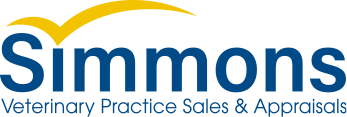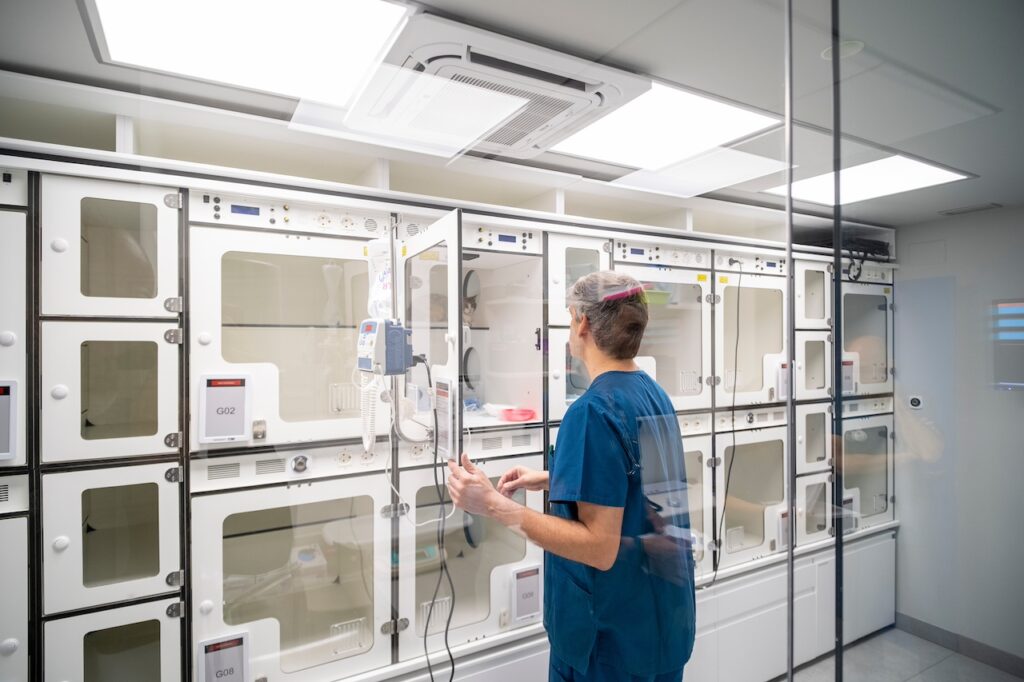It happens all too often. A veterinarian ready to sell their practice seeks out an appraisal before going to market. To their disbelief, the valuation illustrates a grim truth: The practice has little or no value at all. This phenomenon used to be an unfortunate, but not unexpected, outcome for the archetypal single-doctor practice with dated services and low gross revenue. But increasingly, these low-value practices appear, on the surface, to be successful models of cutting edge medicine and services.
So, where is the disconnect?
A veterinary practice has three major expenses that can dramatically affect profitability: rent, staff, and cost of goods sold (COGS). While rent and staff expenses are often fixed, COGS can easily shift based on a number of seemingly “minor” changes.
Comprised of drugs and supplies, laboratory, food, radiology, cremation and ancillary products, COGS is one of the top expenses of any veterinary practice. Many veterinary practices find managing their COGS difficult, and the expense continues to climb without mitigation.
This will always reduce your practice’s profitability.
Having a COGS expense that is 5% higher can bring an excellent practice profitability down to that of an average practice—or even worse, an average profitability practice to a no- or low-value practice.
This becomes especially important when the owner is ready to sell their practice, only to discover that it has no value. While COGS can easily get away from a practice owner or manager, it can also easily be fixed. Here are some tips to prevent your COGS from ballooning out of control:
Adjust prices regularly.
Don’t wait to increase your prices once a year. Instead, increase prices when invoices arrive with your shipment. Additionally, ensure your medications have a proper markup. If a medication is rarely used, but a must-have on the shelf, consider having a higher markup on it to cover the carrying cost and possibility of it expiring. If a medication is highly price-shopped (such as heartworm or flea/tick prevention), consider having a lower markup than your typical medication markup.
For supplies that are not resold like medications, ensure the cost of the service with which the supply is associated increases. For example, as bandage material costs increase, be sure to increase the cost of the bandage application.
Renegotiate your lab fees for your most frequently used test codes.
Labs often give special pricing for your most frequently used tests; ask your lab representative how they can help. After you secure a reduced rate, do not decrease your client price for these tests.
The reagents and clips for in-house laboratory tests can also be a large contributor to COGS. Reevaluate the prices of your in-house lab tests as the cost of the supplies increase and as your payroll costs increase.
Pare down your inventory.
Do you have five different NSAIDs on the shelf when only two are regularly prescribed? Do you have enough backstock of heartworm prevention to last a year? That is money sitting on your shelves and increases the risk of drugs being lost to expiration or theft. The goal is to keep a one-month supply on your shelves at any time or have every medication/supply turnover every 30 days.
With overnight shipping from most vendors, you can quickly restock when your backstock is low. If you order once a week, reorder a medication when you have 7-10 days’ worth of stock left on the shelf.
Ensure you are recording expenses consistently in your profit and loss statement.
It is hard to control and improve something when you don’t track it. Categorize your COGS with enough detail to understand where your money is being spent. The AAHA/VMG Chart of Accounts is a great starting point to create standard categories for your COGS. When you enter the expenses into these accounts, be consistent so the same expense is entered into the same account over time. Many vendors will include a summary for each invoice using the account codes the practice provides them. This reduces errors and the amount of time you take to record invoices into your accounting software.
If your COGS is very high, despite your best efforts, consider the possibility of theft.
This includes staff or clients stealing, but also, how much is being given away for free? Does food get fed to hospitalized patients and then not added to their account? Are there free trials given away? Or has someone simply forgotten to charge?
Monitoring your COGS and adjusting your fees must happen on an ongoing basis. In addition, if you are a practice owner, don’t wait until you are ready to retire to assess the value of your practice. Learning your practice value now affords you the time to strategize and implement simple changes that can increase your veterinary practice profit. That way, when it’s time to transition, there are no ugly surprises—just enjoyment of the fruits of your labor.



